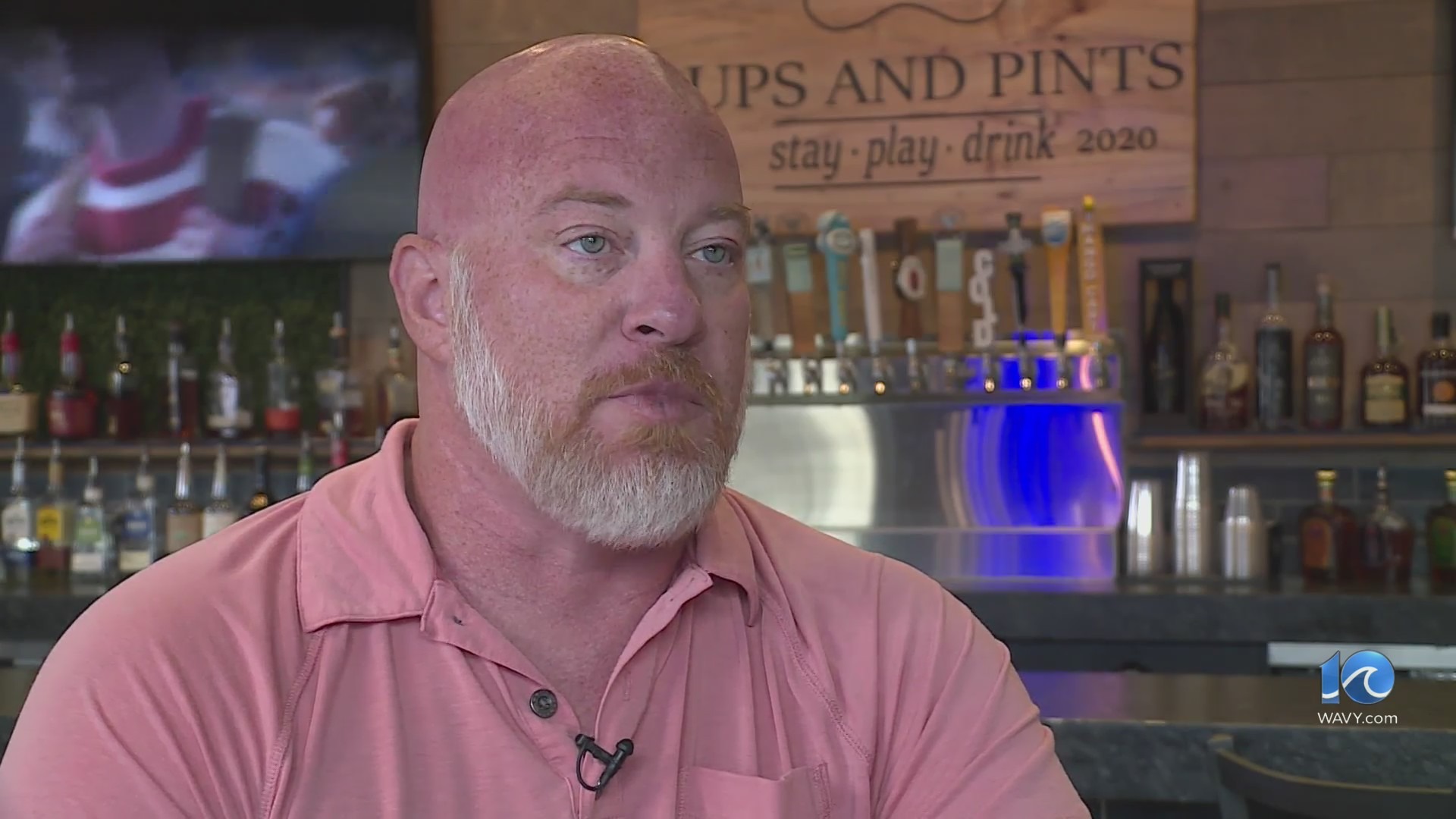(The Hill) — A November slowdown in inflation could give consumers relief both from rising prices and rapidly rising interest rates.
Consumer price index (CPI) data released Tuesday by the Labor Department still showed inflation near 40-year highs. But a slower pace of price growth may help Americans catch a break from more than a year of rapid inflation, all while giving the Federal Reserve room to hike interest rates at a slower pace.
The annual inflation rate fell to 7.1 percent in November, down from 7.7 percent in October and in line with economist estimates of a 7.3 percent annual inflation rate. Prices rose just 0.1 percent in November alone, down from a 0.4 percent monthly inflation rate in October.
The November dip in inflation is a promising, if early, sign that the worst of rapid price growth may be behind the U.S. After peaking at 9.1 percent in June, the annual inflation rate as measured by the CPI has fallen steadily over the fall and is expected to fall even further into winter.
While prices are still rising at a historically brisk pace, a steady decline in inflation is the first step toward prices staying flat and giving consumers a chance to catch up. The November inflation decline will also keep the Fed on track to raise interest rates at a slower pace, which could give Americans relief from quickly rising mortgage rates, car payments and other debts.
The Federal Open Market Committee (FOMC), the panel of Fed officials responsible for setting interest rates, is set to begin a two-day meeting Tuesday and announce a 0.5 percentage point interest rate hike on Wednesday afternoon. The November inflation report will keep the Fed on track to hike rates by a relatively smaller amount after four increases of 0.75 percentage points in consecutive meetings since June.
Developing






































